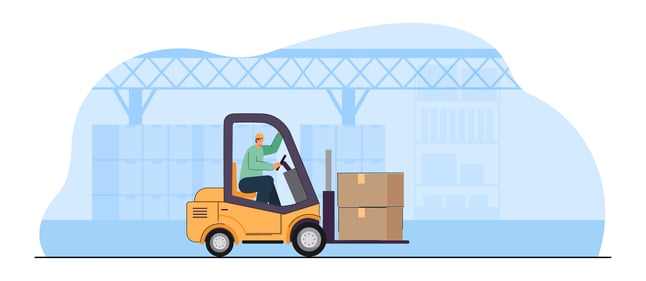
Pre-use safety checks are a very useful tool for keeping potentially hazardous equipment safe and operational. It gives the operator a well thought through, consistent series of checks.
A good checklist procedure will also clearly indicate a machine is unsafe to use and have a fault reporting mechanism. In the event of an incident, a documented record of the checks will form part of the investigation and act as a piece of evidence that a company has a pre-use safety inspection procedure in place.
However, it is important to remember that using a pre-use checklist in isolation will not discharge your Health and Safety responsibilities. For example, there are many cases which demonstrate workers are not trained to make the assessments contained in a checklist. Another problem is that the checklist process can often deteriorate into a simple “tick and flick” process with no real scrutiny being applied to the equipment. Obviously, a pre-use checklist needs to be supported by a more holistic approach to safety inspection.
Firstly, a company needs to make sure the people expected to use the equipment and conduct the pre-use inspections, have all the training and competence necessary to perform the task. Supervision also plays a key role, supervisors could regularly conduct pre-use inspections on equipment, not just when workers start using their equipment, but at any time during the shift. This provides two benefits; it can help confirm a worker’s level of understanding of the equipment and its hazards, and it also provides ongoing checks.
Senior management should also get involved and understand the pre-use inspection process, spending time getting feedback on whether the checklist process is achieving its actual purpose. Having a checklist is an excellent starter for ten and recommended by the HSE but it must be deployed alongside the right training, competence and supervision.